A new book traces the topography of India and the senses -- sight, smell, sound, taste and touch -- through photographs that reflect the essence of real India
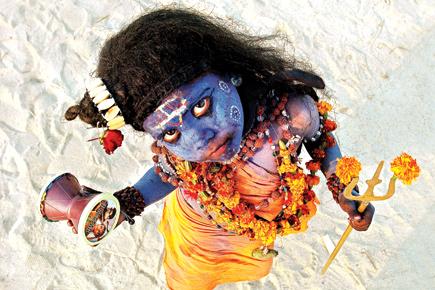
A boy dressed as Shiva at the Ardh Kumbh Mela in Allahabad
![]() INDIA: Five Senses tracks India in a manner that is bound to appeal to the senses. This collection of photographs brings out a heady concoction of Indian flavours from its corners and contours, with sections that reflect sight, sound, smell, taste and touch.
INDIA: Five Senses tracks India in a manner that is bound to appeal to the senses. This collection of photographs brings out a heady concoction of Indian flavours from its corners and contours, with sections that reflect sight, sound, smell, taste and touch.
ADVERTISEMENT
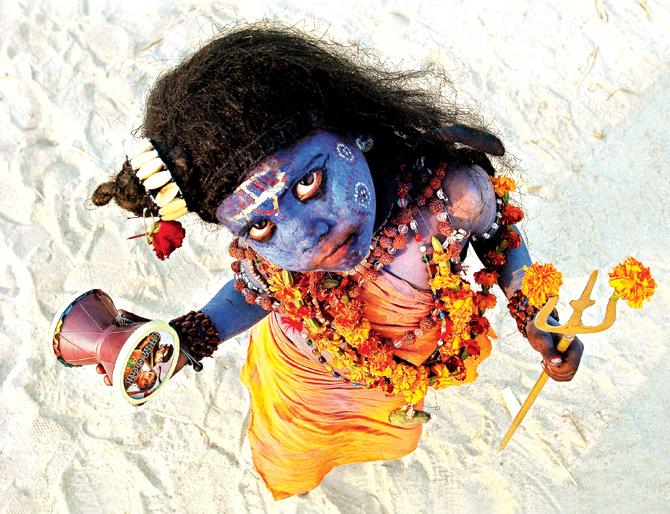
A boy dressed as Shiva at the Ardh Kumbh Mela in Allahabad. Pic courtesy/ Vivek Nigam
Be it the lip-smacking biryani or the stunning painted faces of pilgrims at the Angalamman festival in Tamil Nadu, or the now dying sport of Kushti, they all find space in this 222-pager. In a global world where different places are increasingly
looking the same, this effort discusses India’s rich plurality and uniqueness of identity.
The publisher says the book is a crowd-sourced effort and the idea was suggested by Sneha Pamneja, who designed it, and Rayman Gill Rai, who wrote the text.
The publishers had launched a contest on social media to source photos and according to them, the response was overwhelming, and of high standard. Finally, the works of 20 photographers were selected.
With an effusive foreword by a master of the visual medium, Shyam Benegal, who calls the photographs, "...frozen moments in an evolving narrative of exotic flavours, colours and aromas," the book has started with acclaim.
Sight: The Angalamman festival is celebrated in Tamil Nadu. Pilgrims disguise themselves in the form of Goddess Angalamman to appease her. At times, offerings are made in blood. Pic courtesy/Jakkam N Jegannathan 
Smell: Religious smell is an integral part of India. The flowers, fruits, butter candles, kumkum and ghee make for a heady aroma. Pic courtesy/Sumit Saini 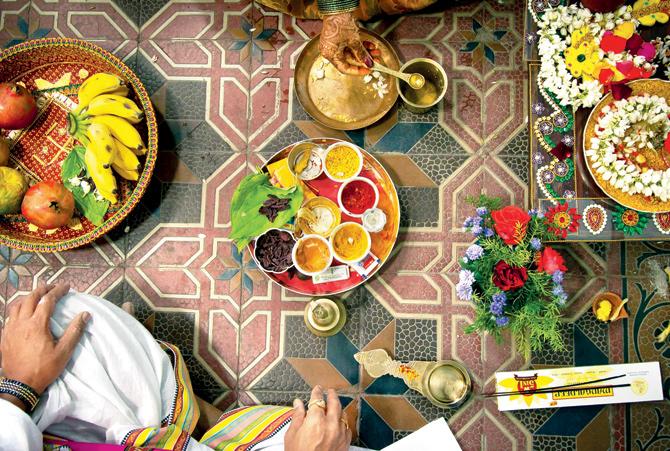
Touch: Buddhist Monks make a sand Mandala. A Mandala is traditional religious art that symbolises the universe. The making of the vibrant and richly-detailed Mandalas can take up to weeks at a time. Pic courtesy/Ayan Ghosh 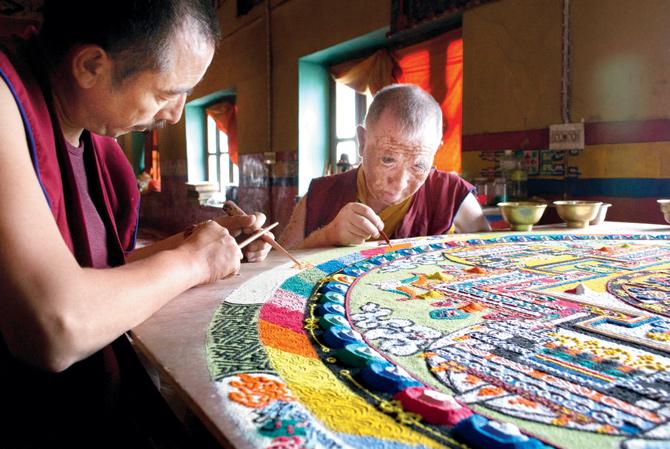
Smell: Loban (styrax benzoin) is a form of incense popular among the Sufi and Muslim community. In dargahs and homes, pinches of loban are thrown into pits of glowing coal to cleanse the space of negative energy. pic courtesy/Rizwan Mithawala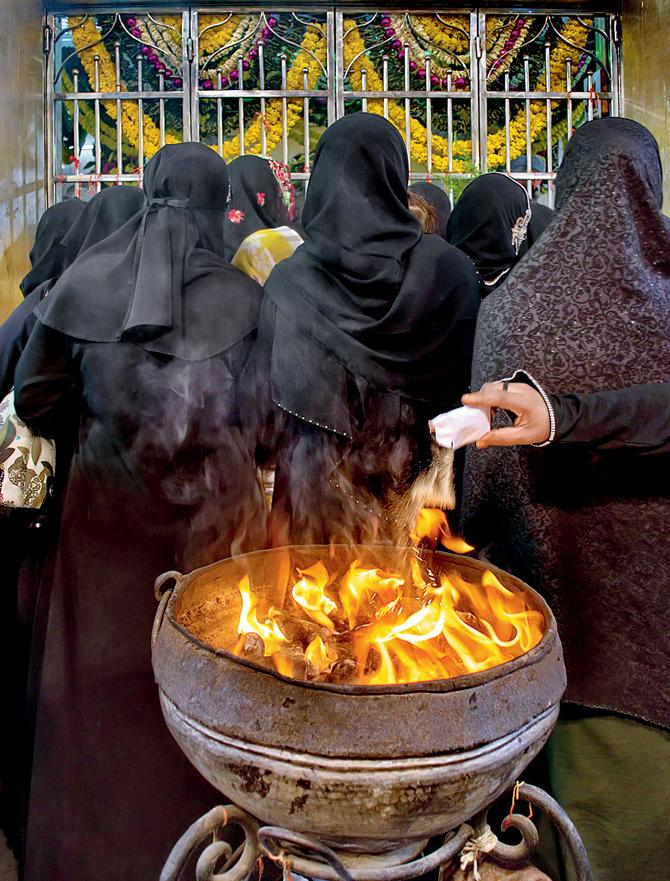
India: Five Senses, Rayman Gill Rai and Sneha Pamneja, Roli Books, Rs 1,496. Available at leading bookstores and
e-stores.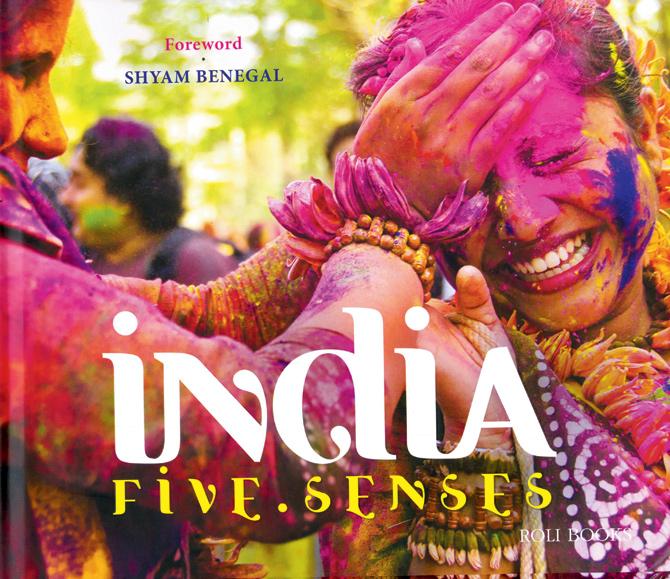
Sound: Kushti is the ancient Indian art of wrestling, and its practitioners live a life driven by touch - be it the hooks and holds of a wrestling match or the soft mud they practice on. The wrestlers usually live a strict and disciplined life alongside their guru within the akhara. This sport is now facing extinction. Pic courtesy/Fred Kanonge 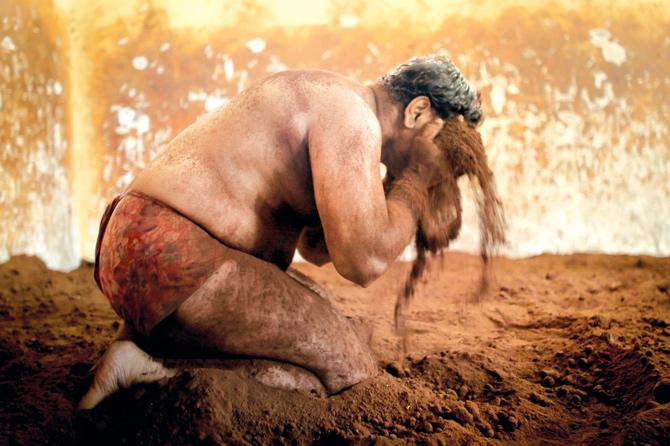
Sound: The film industry plays a big role in defining Indian music. Earlier, musicians and singers stayed true to the Folk and Classical traditions. Now, some composers like AR Rahman (performing in London in this picture) delicately fuse the Classical tradition with Western influences. Pic Courtesy/ Getty images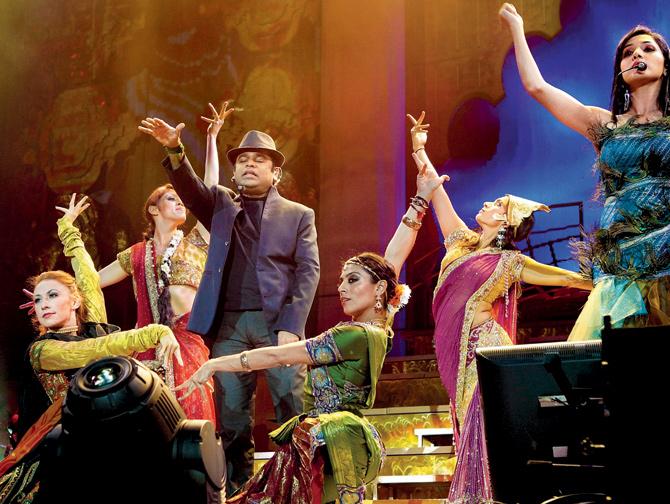
Taste: Biryani, the dish that evolved in the middle ages in India, is essentially a rice dish made with spices, meat and vegetables. Different regions of India have their own distinct style of making and eating it. In Moradabad region of Uttar Pradesh, (in picture) the Lucknavi style is popular. Pic courtesy/ Ankit Gulati 
Sight: Mass urban housing in Mumbai. A typical chawl is a four to five storey building with numerous one-room tenements in each floor. Pic courtesy/ Alamy
Sight: Hyderabad's Char Minar bursts with colour. Pic Courtesy/ Vivek Nigam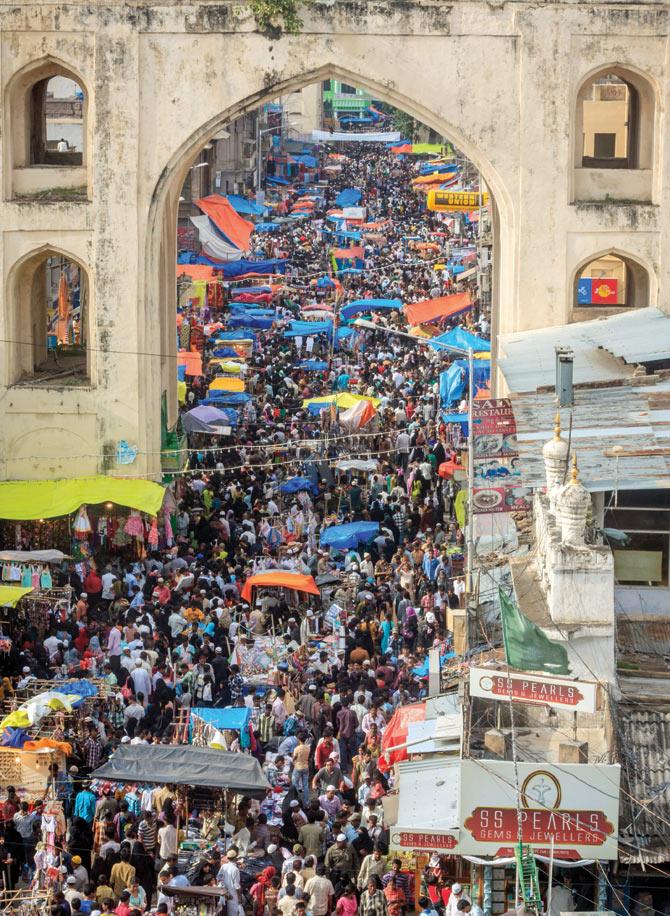
Sight: A view of Howrah bridge that in a way has become the signature of the city. Pic courtesy/ Soumya Shankar Ghoshal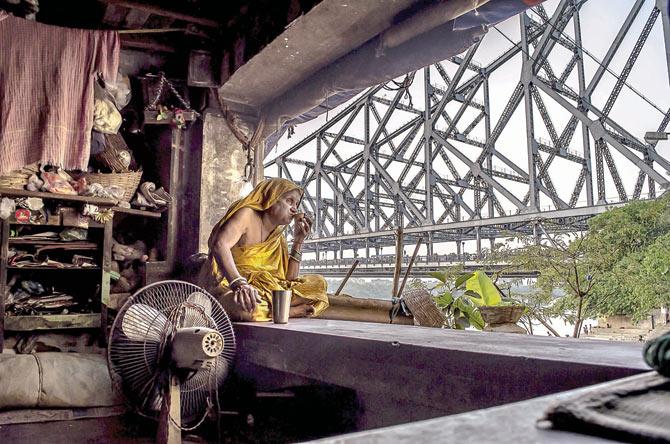
Smell: Incense is an integral part of most Indian religions. Pic courtesy/ Rizwan Mithawala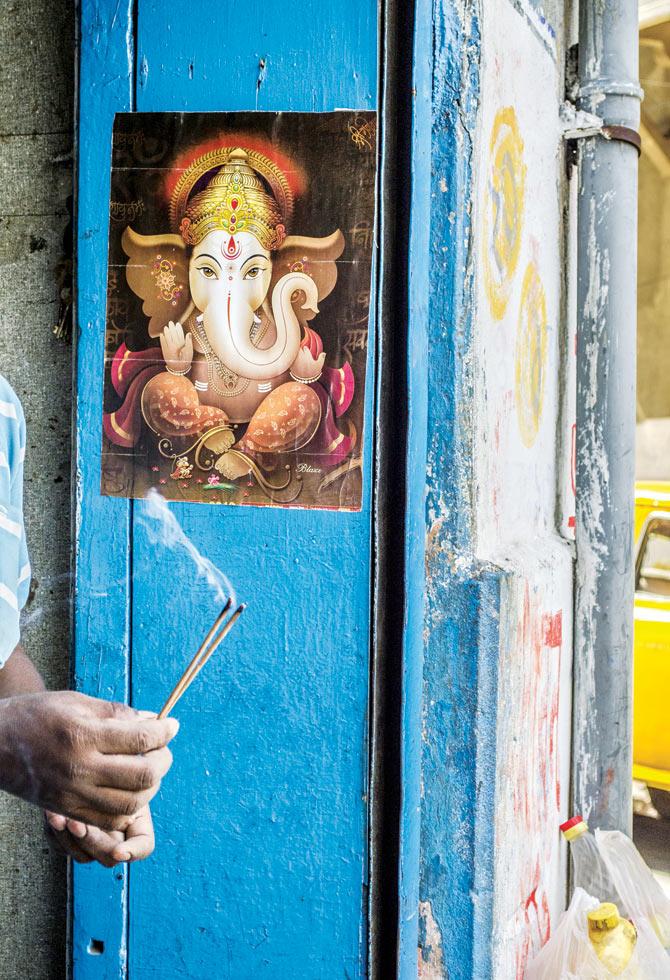
 Subscribe today by clicking the link and stay updated with the latest news!" Click here!
Subscribe today by clicking the link and stay updated with the latest news!" Click here!







